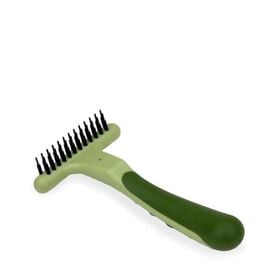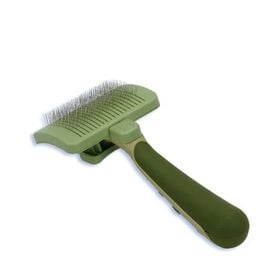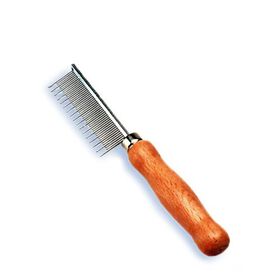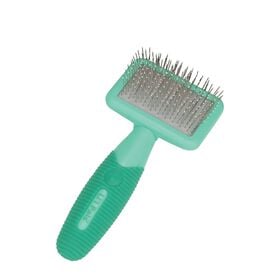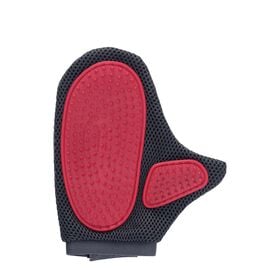Did you know that changes in temperature as well as the number of sunlight hours are both factors that influence sloughing? This is the reason indoor animals slough when the temperature cools. Increasing brushing is therefore recommended in order to prevent knots and, among cats, hairballs.
Brushing among dogs
Regardless of the type of coat, hair grows, dies and regenerates. Dogs slough year-round, peaking twice a year in spring and autumn. If your dog is strictly an indoor pet, they will shed more abundantly and more frequently.
Daily maintenance and regular brushing remove dead hair from the coat and prevent hair from accumulating on couches and floors.
Brushing among cats
Other than sleeping, cleaning is your cat’s primary task. From the age of two weeks, kittens learn to use their rough tongue and paws to clean themselves. They moisten their front paws with their tongue and use them as veritable scrubbing gloves, reaching as far as the ears! The back paws are much more flexible and can reach the back and ears more easily.
Brushing removes dead hair from the fur and is necessary to prevent your cat from swallowing them. Overzealous licking among cats can lead to the formation of hairballs in the stomach, which are then regurgitated.
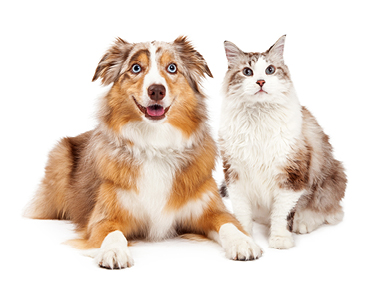
The proper tools
-
Combs detangle knots and remove hair from the roots.
-
Brushes, rakes and shedding blades can be used to brush the undercoat (for dense-haired animals) and thus remove dead hair.
-
Rubber brushes remove dead hair among very short-haired animals.
-
Soft brushes (made of synthetic hair or natural silk) eliminate salt and dust and polish the hair for a shiny coat.
How?
For very short-haired dogs
-
Brush in the direction of the hair using a rubber brush.
-
Polish with a flexible brush in the direction of the hair.
For short-haired dogs
-
Brush in the direction of the hair with a shedding blade. If the animal tolerates it, brush in the opposite direction for maximum efficiency.
-
Polish with a flexible brush in the direction of the hair.
For long-haired dogs
-
Comb in the direction of the hair without pulling on the knots.
-
Brush with an undercoat rake in the direction of the hair. If the animal tolerates it, brush in the opposite direction for maximum efficiency.
-
Polish with a flexible brush in the direction of the hair.
For cats
-
Brush with a metallic brush in the direction of the hair. If the animal tolerates it, brush in the opposite direction for maximum efficiency.
-
Polish with a flexible brush in the direction of the hair.
Important: If knots form, hold the hair by the base so you can comb without harming the skin. Do not cut the knots out with scissors – doing so runs the risk of injury.
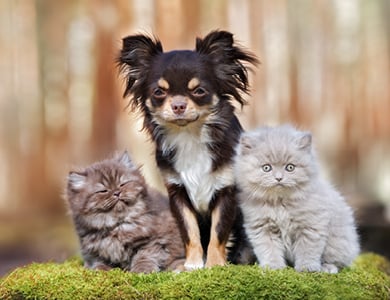
Abundant and localized hair loss can be a sign of a skin problem and you should contact your veterinarian [French link only] if you notice it occurring.
Brushing from an early age
It is important that both cats and dogs be introduced to cleaning at an early age. This ritual will very quickly become a pleasurable and fun shared experience. As always, finish every brushing session with a hug or playtime.
A clean coat is a sign of good health and a marker of beauty for animal lovers like you!


